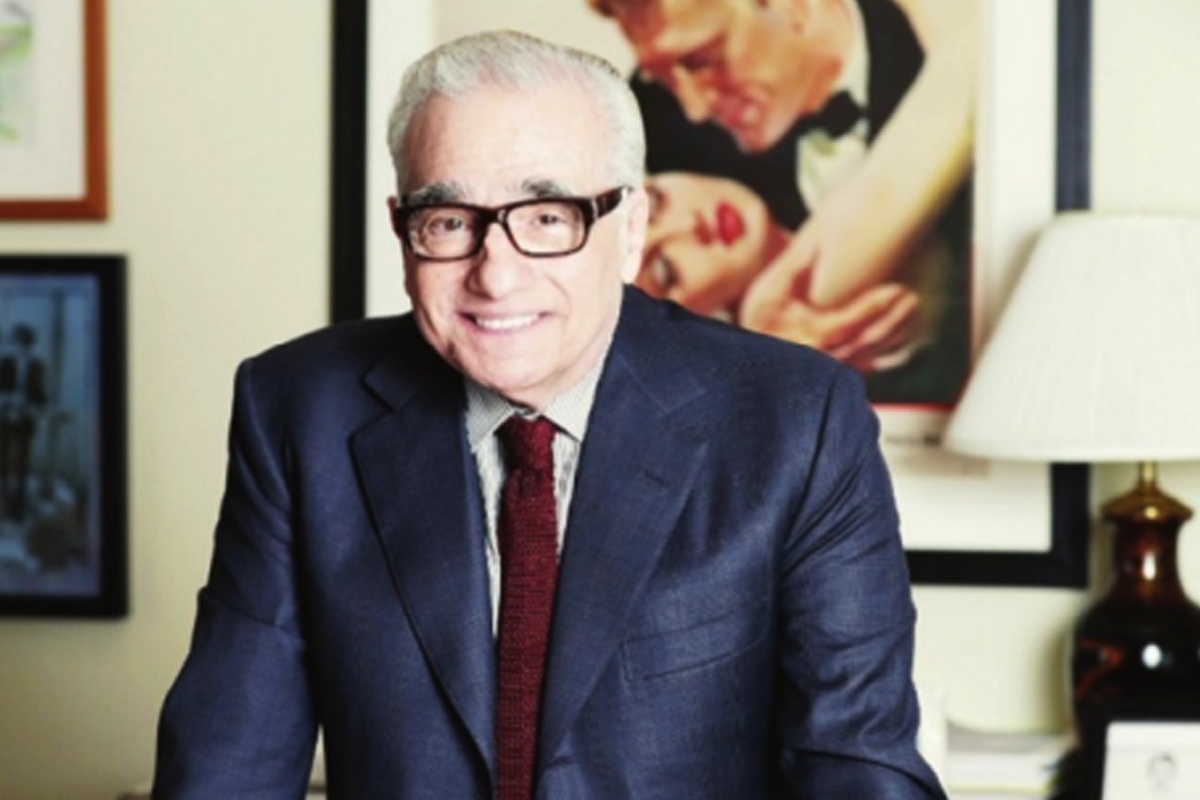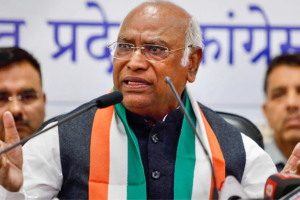Martin Scorsese’s latest movie, Rolling Thunder Revue is out on Netflix and it chronicles the concert tour by Bob Dylan of the same name in 1975-1976. In the film, Dylan’s penchant for theatrical performance is on full show as he appeared on stage in the makeup of a clown. But, it’s the music, which is the focus, as Scorsese says. The director of seminal films like Raging Bull, Taxi Driver, Goodfellas, Casino, The Departed, Hugo and countless others, gets talking on music that moves one, the nature of cinema, his growing up with the Italian mafia in New York and working with Robert De Niro.
Q) Your latest work on Netflix, Rolling Thunder Revue,is being widely appreciated worldwide. How were you able to channelise Bob Dylan’s music and that tour into great story telling?
Advertisement
Music is such an important part of my life, my creative life, my personal life. I was aware of the music and very often I would go to concert if I could. I only saw, I think, Dylan in concert once or twice, maybe. That’s it, in all these years. My concentration was on cinema — its music and literature.
A film called Jazz on a Summer’s Day, made in 1959, I think, got stuck in my mind. Rock ‘n’ roll was, there was Doo-wop and there were other things, but somehow it was all popular music. It was captured in a way that I don’t think has ever been equalled.
The key was staying on the performer because all the beauty and that element of the music that transcends the situation, comes from the performer. I was drawn into that world, so to speak, with The Last Waltz. Musicians take off and I thought let’s capture that. Let’s capture the essence of that beauty of their art. It’s like a wild spiritual experience. So in a sense, the footage that we were able to utilise in Rolling Thunder is shot by some incredible cameramen like Dave Myers, Howard Alk, and a few others.
I sensed there was a negative response to the tour. But, I didn’t quite understand it. People were always complaining about something Bob Dylan did. Always!
The footage that was captured was remarkable, I thought. But what’s the story? What are we telling? What is it about? David brought over the assembly of this film and I remember watching it and it was in the afternoon and then sunset came as the film was ending — it was very beautiful.
But I looked at him and said, “I don’t know, it’s conventional.” Now, I’m not saying take something that’s “conventional” and distort it just for the sake of it. So what is it really about? What keeps it together, in a sense?
Dylan always talked about the Commedia dell’arte, the travelling players. When all else fails, that’s what happens — a person gets up, tells a story, and sings. It is not a legend, this is kind of myth; we are looking to explore something that is timeless about us as human beings. There’s one shot of a young woman crying after the concert. To have something that moves you so much, that can’t be ignored. It has to be preserved and audiences today have to be reminded of the fact that it’s possible.
Q) How does it feel when people say you out of all directors, know how to create magic?
Not really. I mean, it’s more than just “creating magic”. I don’t see directing films as magic; that is the nature of film. There’s an element of cinema to the tour that also has a sense of fun to it. It’s about opening up the minds of the audience, so that they don’t expect the normal thing; the conventional. You don’t make it predictable.
Q) You are known for your beautifully-told mafia movies.Where does your fascination for the mafia world come from?
Well, I grew up in little Italy, which is a small area in New York, where primarily Italian-Americans, Neapolitans or Sicilians, basically all kinds of Italians, who came over to New York at the turn of the century, lived. I grew up there.
There were a lot of very decent people, good and hardworking people. My mother and father were workers in the garment industry in New York. But what also came about in that area was a transposition of the mafia or the organised crime from Sicily to New York. It actually came from New Orleans first at the end of the century and then, worked its way up to New York.
So I grew up amid that and when I was eight or nine years old, it seemed to me that they were normal people. I thought this was the normal way and in fact, in most cases, many of them acted normal. You couldn’t tell because they were very sweet! The trouble makers you could tell but they weren’t very important and many of them would get killed.
Q) Besides being an amazing director, one heard that you also used to do impressions of Robert De Niro during the shooting of Cape Fear. Is that true?
Well, I don’t really do impressions of Bob (Robert De Niro). I don’t know what happened over the years but we melted into each other, in a way. There’s one that I really like and it’s from Goodfellas. It’s become part of my mantra in a sense. It was a scene where Frank Vincent, playing Billy Batts, really gets under Joe Pesci’s skin by calling him “Go get your shinebox” and at that point they have to pull Joe away from him, screaming, kicking and Frank says what the hell is the matter with him, you know, what’s the big deal, can’t he take a joke.
So Bob, who is about to have a drink, goes, “Well you did insult him a little bit” and then Frank says “No I didn’t”. Then Bob does the best, he goes, “Okay, salut!” (mimics Bob drinking) and we all know what that okay is (laughs). I always do that, “You did insult him a little bit and okay, okay let it go.”











